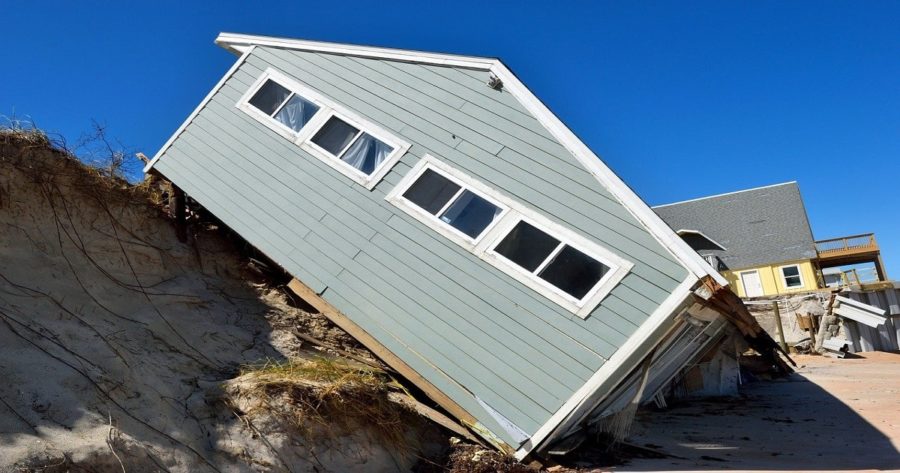Tropic Storm Fiona, Makes Landfall In Atlantic Canada
- TDS News
- Atlantic Canada
- Eastern Canada
- Trending
- September 24, 2022

More than 500,000 people are without power
Tropical storm Fiona made landfall in Nova Scotia, Atlantic Canada, around 4 am. After contacting the mainland, Fiona moved west over the Atlantic and became a tropical storm. By this time, Fiona has become one of the most powerful Tropical storms ever to strike the Canadian Atlantic provinces. As a result, many residents saw extensive damage caused by Fiona’s strong winds and heavy rain.
Fiona’s strong winds and heavy rain caused widespread damage to homes and businesses. The rainwater also contributed to the flooding and washed out roads. The strong winds and towering waves caused by Fiona forced many people to evacuate their homes.
Since flights were cancelled after being delayed by Fiona, some citizens decided to drive hundreds of kilometres by car to reach safety. Others were able to get on boats with assistance from the Canadian Armed Forces and make their way to safety. Nonetheless, citizens evacuated at least some of their belongings during the storm, not knowing what they will return to once things calmed down. Fiona’s impact on the region will last months after the tropical storm has passed.
“Hurricane Fiona is having a terrible impact on Atlantic Canada and Quebec. As Canadians, we will be there for each other – and as a government, we will match any donations Canadians and corporations make to @RedCrossCanada over the next 30 days.” Said Prime Minister Trudeau
“All three branches of the CAF have prepared to assist. This includes @RoyalCanNavy ships, @RCAF_ARC aircraft, and @CanadianArmy assets and personnel from our Immediate Response Unit in Gagetown. We will do whatever it takes to help Canadians through this tough time.” Said Anita Anand, Minister of National Defence








